Last week, the Chicago Tribune published a piece about how Publishers are hiring “sensitivity readers” to flag potentially offensive content. Here’s how they framed the problem:
Sensitivity readers have emerged in a climate – fueled in part by social media – in which writers are under increased scrutiny for their portrayals of people from marginalized groups, especially when the author is not a part of that group.
Last year, for instance, J.K. Rowling was strongly criticized by Native American readers and scholars for her portrayal of Navajo traditions in the 2016 story “History of Magic in N
orth America.” Young-adult author Keira Drake was forced to revise her fantasy novel “The Continent” after an online uproar over its portrayal of people of color and Native backgrounds. More recently, author Veronica Roth – of “Divergent” fame – came under fire for her new novel, “Carve the Mark.” In addition to being called racist, the book was criticized for its portrayal of chronic pain in its main character.
This potential for offense has some writers scared. Young-adult author Susan Dennard recently hired a fan to review her portrayal of a transgender character in her “Truthwitch” series.
“I was nervous to write a character like this to begin with, because what if I get it wrong? I could do some major damage,” Dennard said. But, she added, she felt the voice of the character was an important one that wasn’t often portrayed, so she hired a fan, who is a transgender man, just to be sure she did it right.
It’s critical to note that the perceived need for sensitivity readers has “emerged in a climate.” What has created this “climate”? What does this “climate” demand of the writer? To the latter, it’s pretty clear: writers are under increased scrutiny for their portrayals of people from marginalized groups, especially when the author is not a part of that group. So as a white male I am under “increased scrutiny” to portray minority and/or opposite sexed characters accurately. Answering the former question — What has created this “climate”? — is a bit more complex.
Sensitivity Readers and Social Theory
Many supporters view the cultural “climate” behind the sensitivity readers trend simply in terms of moral/societal evolution — we’re getting better at recognizing multicultural realities and the marginalized. And that’s a good thing. Some even tend to see this as a biblical mandate of sorts, framing the sentiment behind is as “Love Your Neighbor 101,” a Golden Rule that everyone should practice. Authors should want to understand their audience, different people groups, and to not alienate fans. For the novelist, loving your neighbor as yourself should translate into sensitivity to multiple points of view, especially those unlike ours. In this sense, sensitivity readers are simply about cultivating our own humanity, coming to grips with our own privilege, and loving others enough to want to portray people like them correctly and not offend them.
Others, however, trace this “climate” back to something more complex, perhaps even more insidious — critical race theory. Progressives have long realized the importance of art in shaping culture. Robin Phillips in his article on German philosopher and sociologist Herbert Marcuse entitled The Illusionist, discussed the profound effect Marcuse’s theories have had on shaping American thought. Marcuse was part of a unique intellectual vision that came to be known as the Frankfurt School. The adherents were disillusioned with traditional Western society and values, believing that Western Civilization was something we needed saved from. Phillips summarizes the vision of the Frankfurt School thus:
That vision was essentially Marxist, but with a twist. Whereas Marx believed that power rested with those who controlled the means of production, the Frankfurt school argued that power rested with those who controlled the institutions of culture. The school would come to include sociologists, art critics, psychologists, philosophers, “sexologists,” political scientists, and a host of other “experts” intent on converting Marxism from a strictly economic theory into a cultural reality. (emphasis mine)
The Frankfurt School inevitably came to the United States where its vision was progressively embraced by American academia. Thus began the “sabotaging” of American ideals, the deconstruction and revision of commonplace terminology, an appeal to youth (Marcuse was an intellectual guru of the 60’s counter-culture who invented the catchphrase “Make love, not war,”) and the slow takeover of “institutions of culture.” Publishing was one of those institutions of power. Ever wonder why the mainstream media, the arts, the entertainment industry, the halls of academia, major news outlets, and our youth culture primarily lean Left? Well, it didn’t happen overnight. It’s part of a decades’ long deconstruction of Western culture.
One element of this cultural morphology is intersectional theory. Wikepedia defines intersectionality as the,
…overlapping or intersecting [of] social identities and related systems of oppression, domination, or discrimination. Intersectionality is the idea that multiple identities intersect to create a whole that is different from the component identities. These identities that can intersect include gender, race, social class, ethnicity, nationality, sexual orientation, religion, age, mental disability, physical disability, mental illness, and physical illness as well as other forms of identity. These aspects of identity are not “unitary, mutually exclusive entities, but rather…reciprocally constructing phenomena.” The theory proposes that we think of each element or trait of a person as inextricably linked with all of the other elements in order to fully understand one’s identity.
In this way, Marxism and identity politics are inherently linked. As the Encyclopedia of Marxism puts it:
Identity politics is the political terrain in which various social groups engage in a “struggle for recognition” within bourgeois society, each seeking recognition for the special interests of a specific social group.
Intersectionality is the affirmation and recognition of “various social groups” and their “special interests.” These groups are parsed according to many elements — “gender, race, social class, ethnicity, nationality, sexual orientation, religion, age, mental disability, physical disability, mental illness, and physical illness.” Intersectional theory is intended as a framework for understanding “how systemic injustice and social inequality occur on a multidimensional basis.” Sensitivity readers, in theory, help the writer become aware of these “various social groups” and their “special interests,” as well as a more complex, multidimensional, social web in which they exist; they help the author better understand fictional characters whose demographic particulars she doesn’t share.
However, it is its organic tether to Marxist theory that ultimately undermines the sensitivity reader movement.
Sensitivity Readers and Censorship
Beta readers are essential to novelists. These are the people whom, after the novel is completed, you submit it to for critique. Most writers will admit how essential this stage is to the process. Good beta readers will catch things that the author misses and give them a glimpse into other points-of-view that they may have missed. This will include many of the aforementioned “identity” issues.
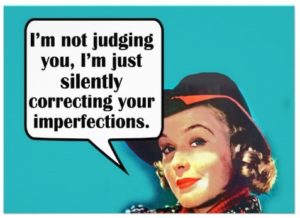 When I completed my first novel, I submitted it to my then-writing group. As a new-ish author, this was a scary time. My protagonist was a handicapped, late-20-something, married white woman and mother of two. The feedback was mostly good, except for one common critique — the female POV. You should understand, our writing group consisted almost entirely of women. And so when they started getting back to me saying, “A woman wouldn’t think like that,” or “What about her cute concealed carry purses, make-up, and holzuhren jewelry?”, it made me realize that I indeed had a blind spot regarding a female point of view. It was quite helpful and led me to make some changes in the story.
When I completed my first novel, I submitted it to my then-writing group. As a new-ish author, this was a scary time. My protagonist was a handicapped, late-20-something, married white woman and mother of two. The feedback was mostly good, except for one common critique — the female POV. You should understand, our writing group consisted almost entirely of women. And so when they started getting back to me saying, “A woman wouldn’t think like that,” or “What about her cute concealed carry purses, make-up, and holzuhren jewelry?”, it made me realize that I indeed had a blind spot regarding a female point of view. It was quite helpful and led me to make some changes in the story.
In this way, beta readers used to perform a similar fiction to today’s sensitivity reader — they helped the author get a glimpse into other people groups, perspectives, genders, occupations, and modes of being.
So what has changed? Sensitivity readers are now more tethered a specific ideology, to multicultural Marxism and progressive social theory, than their beta-reading forerunners. Furthermore, their ultimate intent is not necessarily to make a particular story better, but to control a cultural narrative and suppress those it disagree with.
By atomizing individuals into various social groups based on status, sexual preference, age, wealth, skin color, handicap, etc., etc., we inevitably create an unending platform for grievance. In their article, Black Lives Matter is Bringing Back Traditional Marxism, the folks at The Federalist illustrate the absurd degree to which intersectional theory leads us:
Where Marxism prioritizes the class struggle between the bourgeoisie and the proletariat (or between black and white), the modern theory of intersectionality prioritizes differences between identity politic groups. It posits that while white women face marginalization for their sex, they gain privilege from their race. Conversely, black men gain privilege from their sex while facing marginalization because of their race. Black women experience “double jeopardy,” suffering from both sex and race. This creates a hierarchy of oppression that is in constant flux as new forms of marginalization are recognized. Intersectional theory fractures the class conflict from two opposed groups into an unlimited number of conflicts within the hierarchy of oppression.
Behind the sensitivity reader movement is the idea of “a hierarchy of oppression.” But what counts as “oppression” is in constant flux as cultural legislators churn out “an unlimited number of conflicts.” It potentially creates a no-win situation for the author… unless she is higher up the chain of the hierarchy of oppression. (Who’s at “the top” is anyone’s guess.) So according to intersectionality theory, because of their privilege white authors immediately lose points. Especially young healthy white authors.
Just ask Veronica Roth.
Via Huffington Post:
For months now, readers have talked about the problematic racial elements present in Divergent author Veronica Roth’s latest novel, Carve The Mark. Young Adult author Justina Ireland wrote about the damaging content in Carve The Mark and the now-postponed release The Continent. Readers on social media have carried on that conversation and as ARCs poured out into the world, some blogs even declined to include them in giveaways. Carve The Mark seemed poised to be the most problematic, rejected YA offering of 2017.
Roth was initially charged with worldbuilding that was “vaguely racist and relie[d] heavily on aspects of white supremacy.” After further scrutiny, Roth was also charged with “appropriating” the chronically pained. Apparently, the story involved individuals who were “gifted” with a type of chronic pain. In fact, Roth explained that she was inspired by some friends who have endometriosis (chronic pain). This, however, did not stop her from being charged with ableism. The HuffPo author concludes:
I don’t know how Roth’s friends with endometriosis feel about their pain being appropriated to make Roth, an already famous and successful author, more money and like it. I don’t care to know because their opinions don’t represent every person suffering from chronic pain and won’t excuse the harm Roth has caused by depicting chronic pain as a “gift.” …The notion of suffering as a gift doesn’t make chronic pain patients feel better; it makes abled people feel better.
And so Roth, “an already famous and successful author,” is charged with appropriating the pain of others to leverage her privilege.
Payday borrowers with little security and a hazy grasp on financial concepts can get quickly sucked into a cycle of debt Instantly after applying. This isn’t to say that these loans should be avoided at all costs, though. If you fully understand the drawbacks of payday lending, you can weight the benefits to make an informed decision.
As much as supporters of sensitivity reading might disagree with such charges, this is the logical outcome of the ideology which drives them. Like the spider on its web waiting for the slightest tremor from its victim, the sensitivity reader sits poised, alert for the slightest possible offense. And when that “offense” is found, there’s only one logical conclusion — censorship.
Most often, this occurs in the form of “self-censorship.” As the author of the Chicago Tribune article noted, “This potential for offense has some writers scared.” Scared of what? Well, scared of being publicly shamed, called a racist or bigot, boycotted, or in the worst case, even losing a book contract. Which is why YA author Susan Dennard was preemptive when she wrote a transgendered character:
“I was nervous to write a character like this to begin with, because what if I get it wrong? I could do some major damage,” Dennard said. But, she added, she felt the voice of the character was an important one that wasn’t often portrayed, so she hired a fan, who is a transgender man, just to be sure she did it right.
Did it right? What does that mean? And who gets to say what it means to do a character right? Indeed, making sure my female characters act like females is reasonable. But isn’t THAT assertion itself somewhat condescending and sexist? I mean, do ALL women act and feel the same way? Who gets to say what it means to do a character right? Especially when you’re speaking for an entire gender, race, or class of person.
In his article Publishers now hiring ‘sensitivity readers’ to ensure political correctness at The American Thinker, Rick Moran concludes,
Self-censorship is still censorship and represents a threat to free speech. Certainly, portraying a black person as a shuffling, lazy character who eats fried chicken and watermelon is inappropriate. But beyond avoiding racial stereotypes, what responsibility does the author have to “marginalized” groups?
Can he portray a black man as a villain? Can he portray a woman as an airhead? Portraying “marginalized” characters as anything except heroic, smart, and beautiful is where “sensitivity readers” are driving the publishing industry.
The mentality that is now “driving the publishing industry” is dangerously Orwellian; it demonizes words, creates “a hierarchy of oppression,” divides and sub-divides humanity into protozoan complexity, and demands a positive, politically correct portrayal of the “constant flux [of] new forms of marginalization.” The sensitivity reader is, sadly, just a comrade in the Marxist reinvention of culture.
But as is true of most nonsensical social theories, they inevitably eat themselves. Later on in the Chicago Tribune article, one sensitivity reader, Dhonielle Clayton, expressed being conflicted about serving as a black reader for white authors:
On the one hand they help a writer create the experience of a marginalized group more authentically. On the other, they legitimize the mimicking of marginalized voices by non-marginalized writers. “It feels like I’m supplying the seeds and the gems and the jewels from our culture, and it creates cultural thievery,” Clayton said. “Why am I going to give you all of those little things that make my culture so interesting so you can go and use it and you don’t understand it?”
So on the one hand, authors are charged with a correct portrayal of marginalized individuals. On the other hand, when the privileged write about such groups, it’s a form of “cultural thievery.” Thus, sensitivity reading inevitable demands censorship. However, with a “constant flux” of marginalized groups and new, ever-changing grievances and micro-aggressions, the underlying theory can never escape the weight of its own unintelligence.
Conclusion
The Golden Rule is a wonderful ethic to live by. The author who seeks to live by such a rule is to be commended. But like all such principles, there’s balance. Seeking to understand the plight of minorities or marginalized people groups is a good thing. Acknowledging our own privilege is important. Heck, learning to walk a mile in someone else’s shoes is foundational to the creation of believable, sympathetic characters. However, parsing people groups into an ever-expanding menagerie of differences, acquiescing to voices of shame and censorship, straining at intersectional gnats and swallowing camels, and nit-picking every God-blessed work of storytelling to death is hardly the logical outcome of loving your neighbor.
If you really love your neighbor as yourself, then that means giving the author the benefit of the doubt; it means not rushing to conclusions, not demanding they NOT offend you, much less not staging boycotts and campaigns demanding they conform to your liking. Sure, if a book is blatantly biased or sexist or hateful or incendiary, that should be pointed out. But how far do we go in demanding that we not be offended, much less shaming those who portray a character that don’t quite up to our liking? In fact, shaming those who dismiss the need for sensitivity readers is insensitive and a violation of the Golden Rule.
Sensitivity readers could indeed accomplish some important things, providing the author with pivotal insights into different cultures and characters. However, it is the reader’s tether to multicultural Marxism and progressive social theory that undermines their input. When the primary intent of the sensitivity reader is not to make a particular story better, but to control a cultural narrative and perpetuate a “victim class,” it has morphed from being about art, to politics. That’s where it moves from being Love Your Neighbor 101 to Intersectional Nonsense.


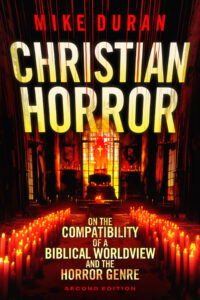
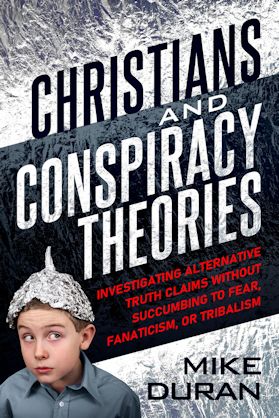
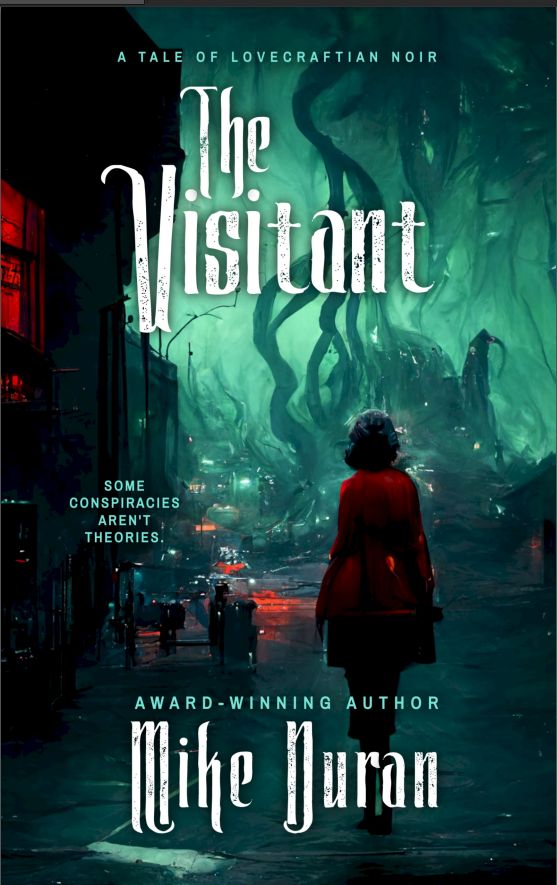

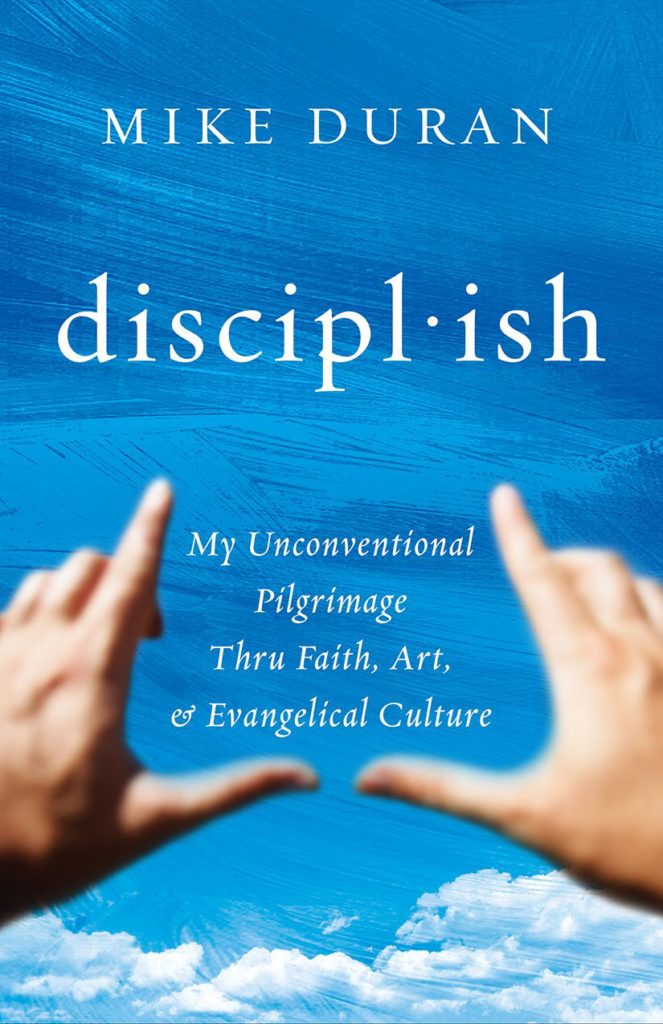
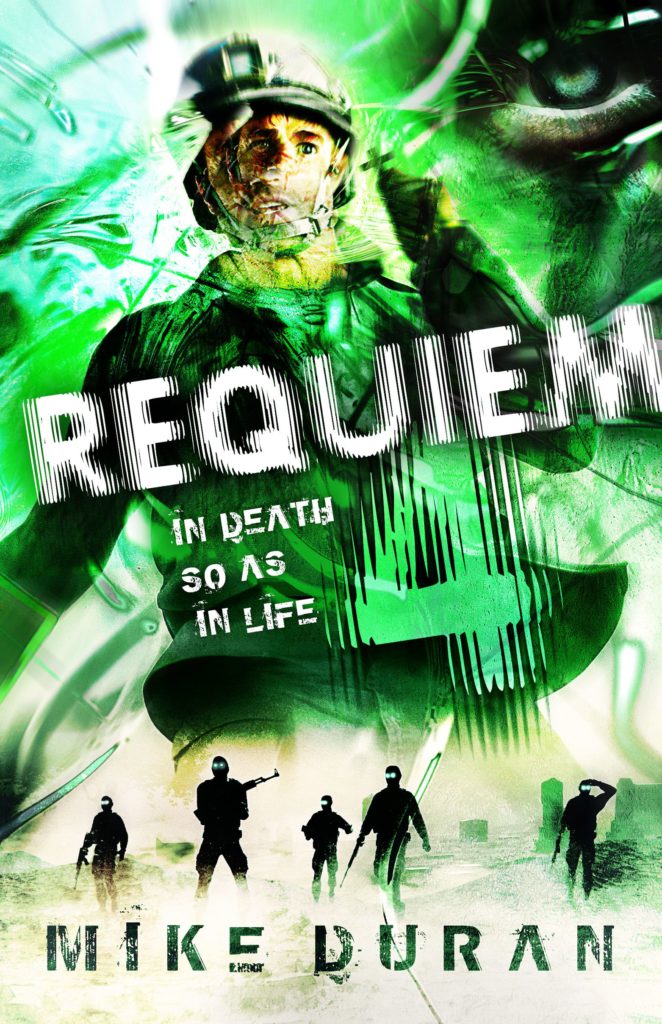

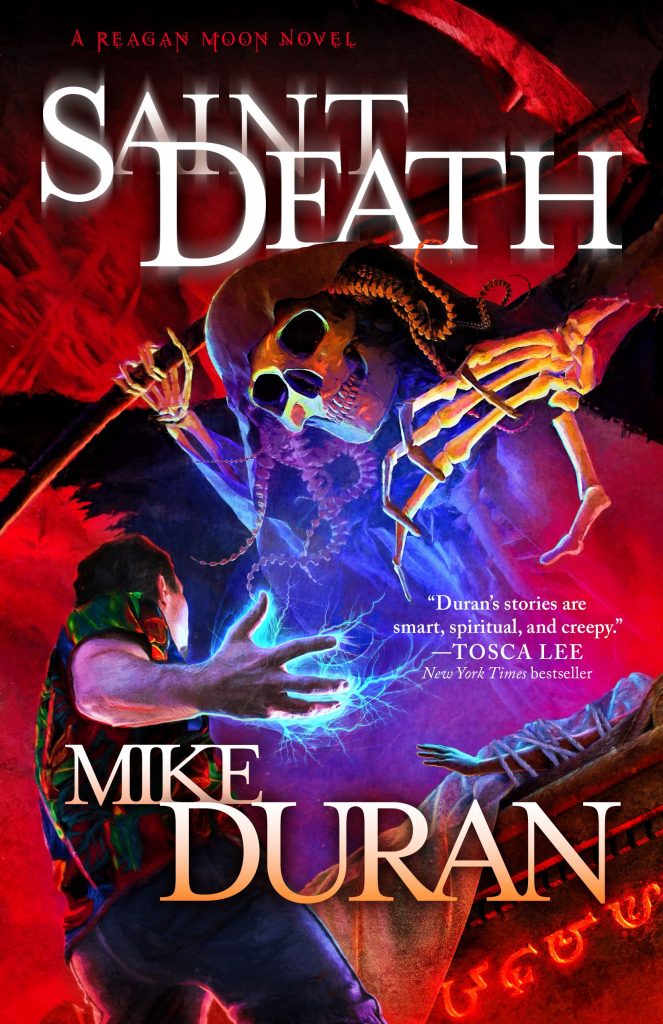
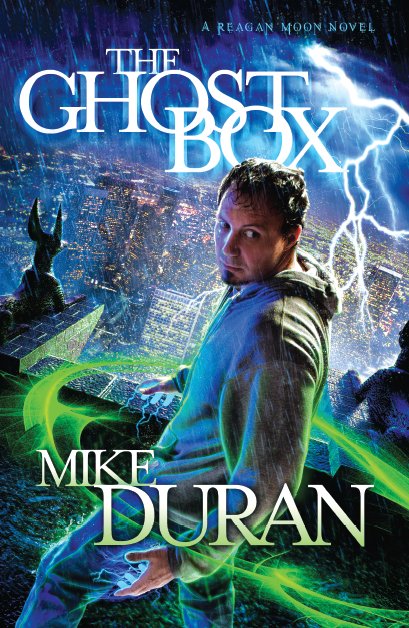
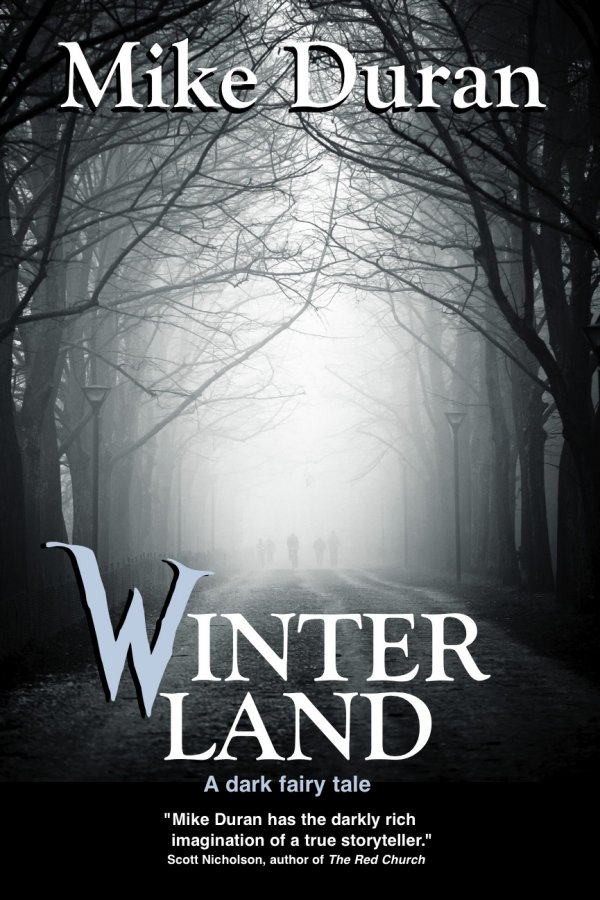
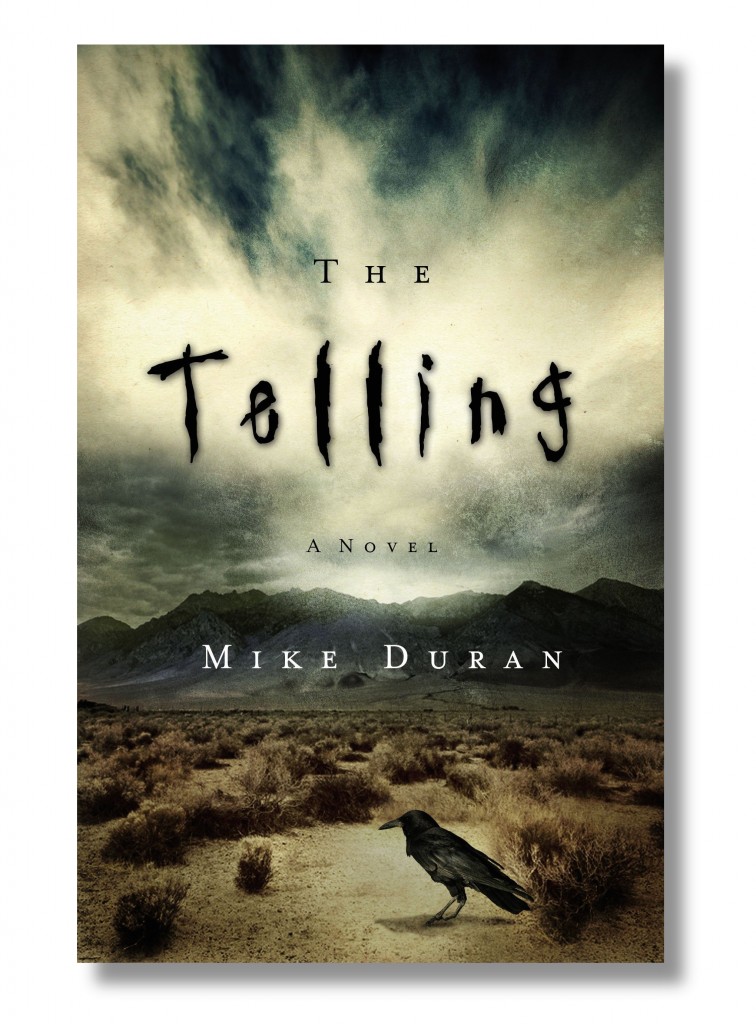
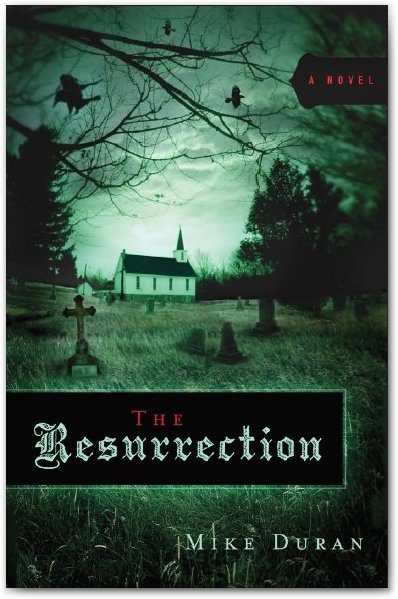
Sensitivity readers? Sigh. There are times when I don’t even want to bother trying to get my novel published because of the potential avalanche that might engulf me for some mistake I might make in portraying a character. In today’s manic social media climate, I have to wonder if it’s even worth it.
If a writer is intending to respect a particular ideology or group, a “sensitivity reader” would be useful. Otherwise… [shrug] If an author does not want or intend to respect a group or ideology, what’s it matter? If you don’t like it, don’t buy or read it, or leave negative reviews. That’s your right as a reader and consumer.
I’d read that Veronica Roth is a believer as well. And so the perspective in her most recent book that pain is a gift can be seen through that lens. This might be behind that one critic’s rejection of her story – it’s framed in a Christian worldview. Quick 2 cents.